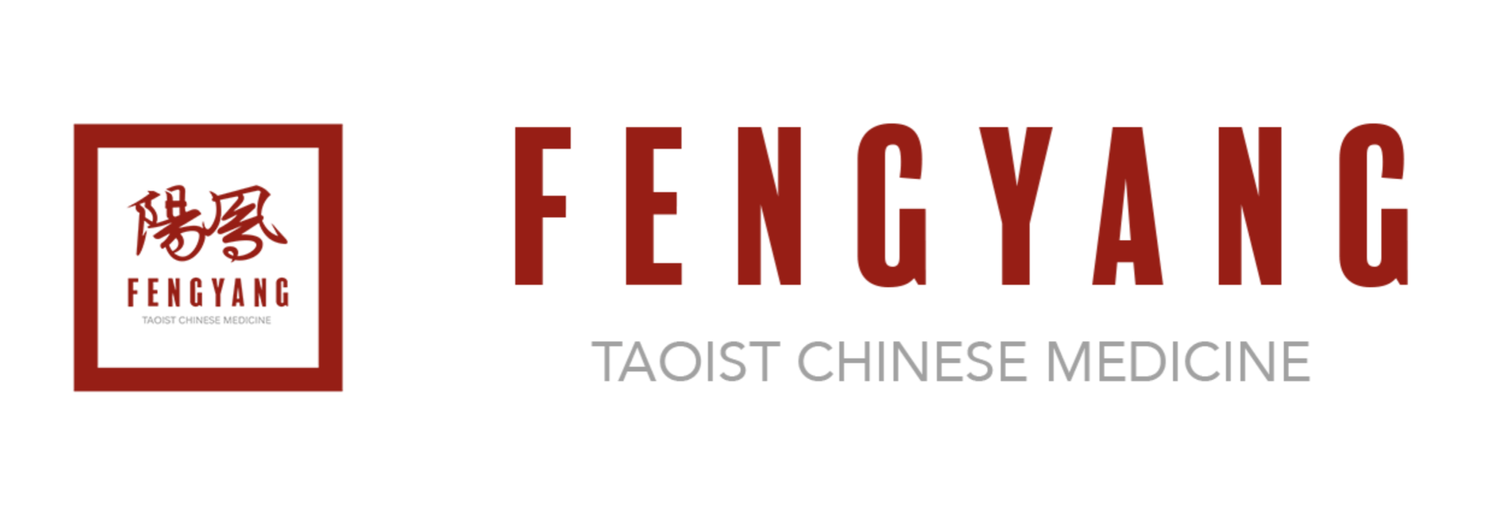Learn About Chinese Herbs -Gan Sui (Radix Kansui)-
This product is a more commonly used traditional Chinese medicine. "Shennong's Materia Medica《神农本草经》" has it listed as the lowest grade.
Source: Euphorbia kansui Liou, a perennial succulent herb of the Euphorbiaceae family. of dried tuber roots.
Origin: Mainly produced in Weinan, Sanyuan, Shaanxi, Tianshui, Gansu, Luoyang, Henan and other places. In addition, Hubei and Shanxi also produces it.
Trait identification: tuber bead-shaped, spindle-shaped or irregular rod-shaped, about 2~6cm long, about 0.5~1.5cm in diameter, white or yellowish-white surface (the outer cork has been knocked off). Brown spots appear on the outer cork that has not been removed. Chen Jiu turned red and yellow. Hard and easy to break. The section is floury, the skin is white, about 1/2 of the radius, and the xylem is light yellow. The xylem of powdery feet appears yellow after being soaked with water. The taste is slightly sweet and spicy, and it has long-lasting irritation. It is considered to be of better quality to have ones which are fat and plump, white in color, and powdery feel.
Main ingredients: Contains triterpene components, including D-euphorbiol, γ-Euphorbiol, etc.
Pharmacological effects: (1) Laxative, the laxative components of this product have strong stimulation to the intestinal mucosa, causing inflammatory congestion and peristalsis, etc., resulting in catharsis. Side effects include nausea, vomiting, abdominal pain, dizziness, palpitations, and blood pressure drops, which are sometimes unbearable for patients and should be used with caution. (2) Diuresis.
Preparation: vinegar.
Taste: bitter cold. Poisonous.
Meridians: into the spleen, lungs, and large intestine meridians.
Function: Diarrhoea and swelling, swelling and dissipation.
Indications: swollen water, accumulation of phlegm.
P.S. conflicts with Gan Cao (licorice).
Clinical application: It is mainly used to remove the chest and abdomen edema, and it is the same as the application of Qian Niu Cao (morning glory), and it is only used for those who are strong and evil.
(1) It is used for the treatment of cirrhosis of the liver. With ginseng (or Codonopsis), Chong Yi Jian (insect shoot tips), Hei Qian Niu (black petunias), Chen Ciang (agarwood), Rou Gui (cinnamon) and other water-Cleansing medicines and qi-invigorating medicines, the effect of reducing swelling is good.
(2) It is used for the treatment of pleural effusion caused by exudative pleurisy, if there are symptoms of real heat in the acute stage: hot flashes, flank pain, constipation, dry mouth and thirst, and upset, it is a chest syndrome. Single use tends not to be strong enough, so Da Huang and Yuan Ming Fen is used together with Gan Sui, such as in the formula Da Xian Xiong Tang.
(3) It is used for the treatment of nephritic edema (acute and chronic nephritis). Gansu 6g ground, put into the male pig loin (kidney), wrapped in bamboo paper, wet the bamboo paper with water, and then simmer it with fire, after simmering, cut the pork loin into 7 pieces, take 1 piece a day, often take 4~5 pieces and then begin to reduce swelling.
Use caution
(1) Pregnant women should not use it, and if she does, generally stop taking it once her symptom begins to recover;
(2) It is advisable to use gansui post processing with vinegar, because after simmering, it can reduce its side effects such as vomiting. After the action of acetic acid, it can reduce the toxic stimulation effect of Gansui. The toxicity and laxative effect of raw gansui are strong, so it should not be used;
(3) This product is compatible with Yuan Hua (coriander) and Da Ji (euphorbia), and the traditional experience is not compatible with licorice, but the preliminary experimental results of modern times are still very inconsistent. Some reports pointed out that, according to the home immunity test, Gansui (or coriander, euphorbia) with licorice, after taking the breathing, heartbeat, body temperature, pupillary response, gastrointestinal function did not produce special changes, but other experiments proved that the compatibility of Gansui and licorice with different dosage ratio has different reactions, see licorice for details.
Dosage: Mostly used as a pill powder, 0.3~0.6g each time, up to 0.9~1.5g, swallowed in a capsule, otherwise nausea and vomiting are easy to occur. It can also be concocted with water (the usual amount is 1.5~3g), but the effect is generally not ideal, and sometimes 4~12g may not have a laxative effect. Modern experiments have confirmed that the active ingredient of Gansui is insoluble in water, so there is a scientific basis for the predecessors not to use Gansui in the decoction.
Prescription examples
· Da Xian Xiong Tang (from "Shang Han Lun"): Da Huang 9g Yuan Ming Fen 15g (Vinegar Simmer) Gansui 0.9g (put into capsules at the end of the grind), boil the Da Huang first, then add the Yuan Ming Fen, boil one or two boils, and then take the powdered Gansui with the liquid.
Disclaimer: All above articles are for reference only. If patients are interested, please consult a professional practitioner Traditional Chinese Medicine for a consultation.



